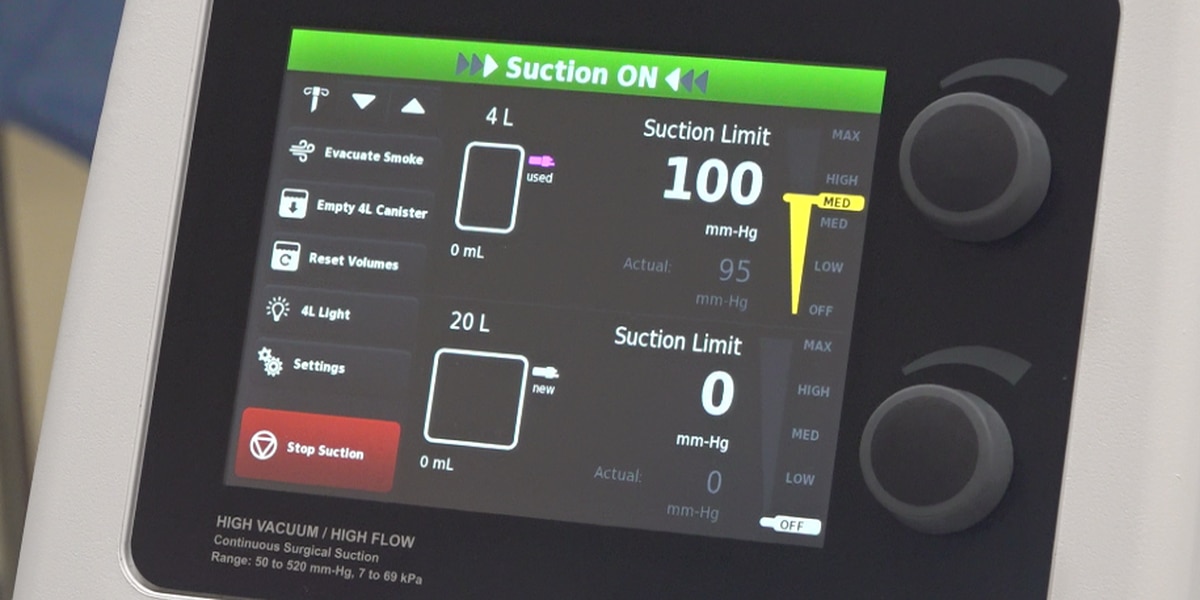Blood
While blood transfusions save lives every day, Northern Light Health has a new way to save
BANGOR, Maine (WABI) – Recycling things like bottles and cans is a familiar concept, but what about blood?
The Cell-Saver program at Northern Light Heath is making that possible.
Northern Light Anesthesia Tech. and Patient Blood Management Educator, Jon Seifert explains, “This is our reservoir here, push start. Right now, we’re in standby mode. We’ll push start again because what we’re gonna do is take our blood from the field, we’re going to draw it down, and we’re actually going to fill the bowl.”
Cell-Saver takes blood from patients and essentially cleans the blood, removing factors such as plasma, white blood cells, clotting agents, and platelets.
Then, return red blood cells to the patient.
Northern Light’s Director of Patient Blood Management, Dr. Kael Mikesell said, “It was all based on the idea that here at Eastern Maine every drop of blood in a patient counts right so like we don’t want to lose anything from that patient if we can prevent it.”
During various procedures blood loss can happen, and blood transfusions used to be the only way to replenish blood to patients.
By having Cell-Saver in the Operating Room, it reduces time, infection risk, and even the cost that could be involved in receiving blood transfusions.
And with this technology, Northern Light is able to bring the blood right from the patient and put it right back in.
Mikesell said, “While they’re in surgery, we’re doing things like Cell-Saver to prevent the loss of blood so we’re able to give them back their own blood. By doing this, we have really decreased the amount of transfusions necessary in surgery at the hospital.”
As Eastern Maine Medical Center is the second hospital to offer this program in Maine, it gives more options for folks to receive blood even if personal preferences are a factor.
“Oh, oh, it’s, it’s really awesome. It’s a lot better for the patient 100%. And also, we’re able to do everything right and the OR (operating room), we don’t have to worry about, like, getting it from some other place, and also, we have to worry about contaminants from the patient or another blood being contaminated is from the patient. So, it goes right back to them,” said Seifert.
Copyright 2023 WABI. All rights reserved.

